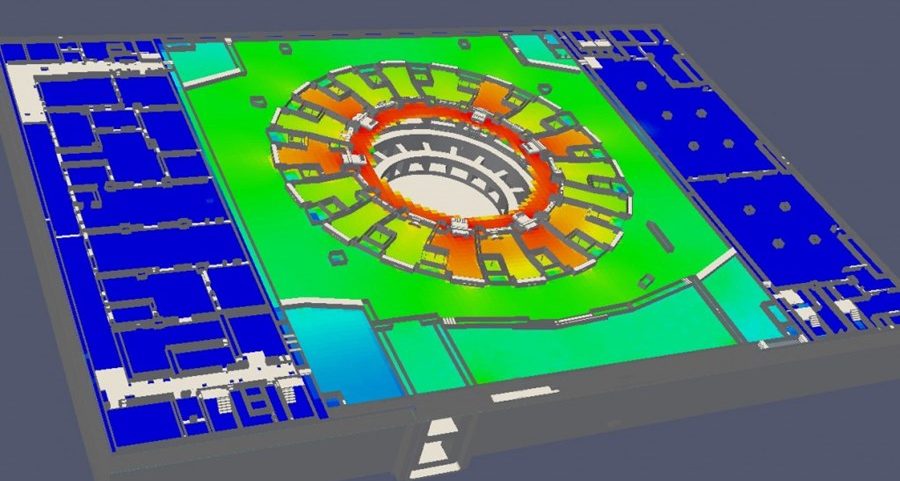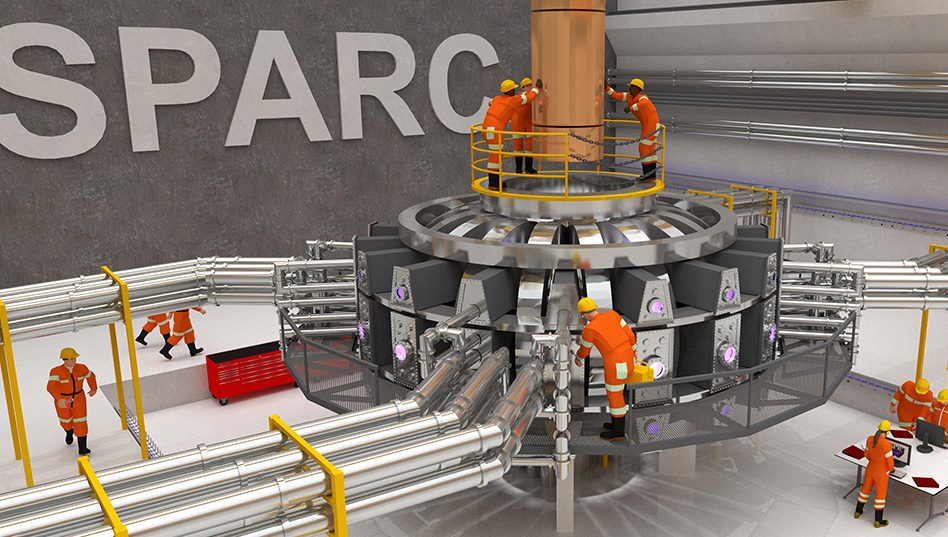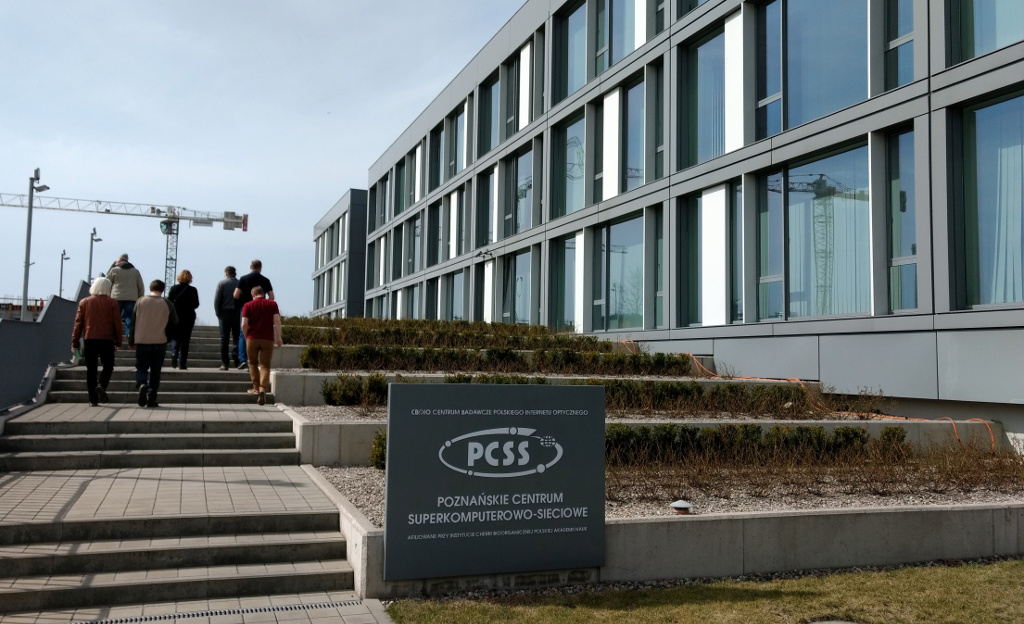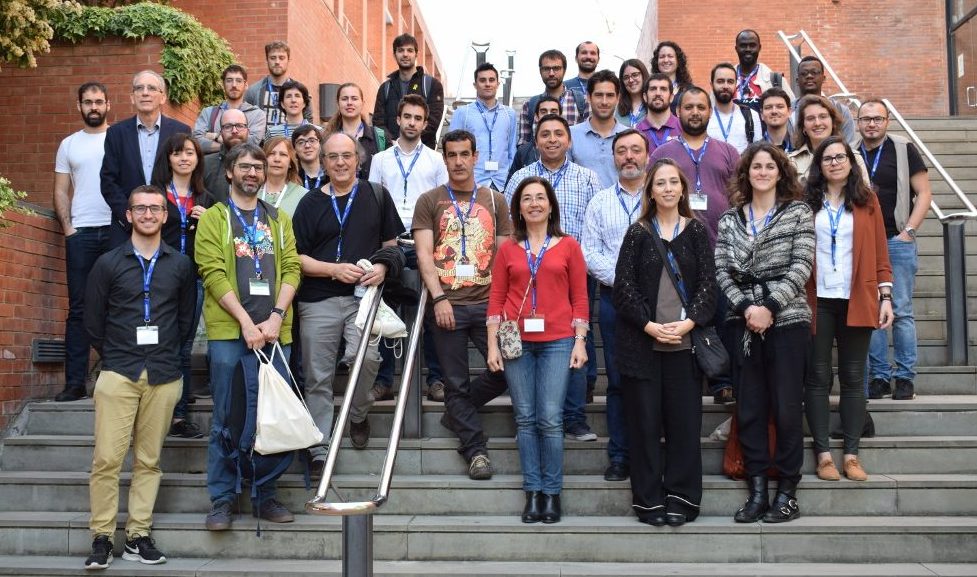
In the process of fusion energy production based hydrogen heavy isotopes deuterium and tritium as fuel, high-energy neutrons are released. These neutrons have many roles in a fusion reactor.
On one side, neutrons from the fusion reactions taking place in the fuel inside the reactor vacuum vessel generate the heat that, in a fusion plant, will initiate the electricity-producing process. Moreover, neutron interaction with lithium inside the machine will produce tritium.

 The Divertor Tokamak Test (DTT) Facility will be built in Frascati, Rome, Italy, as has been announced by
The Divertor Tokamak Test (DTT) Facility will be built in Frascati, Rome, Italy, as has been announced by 


